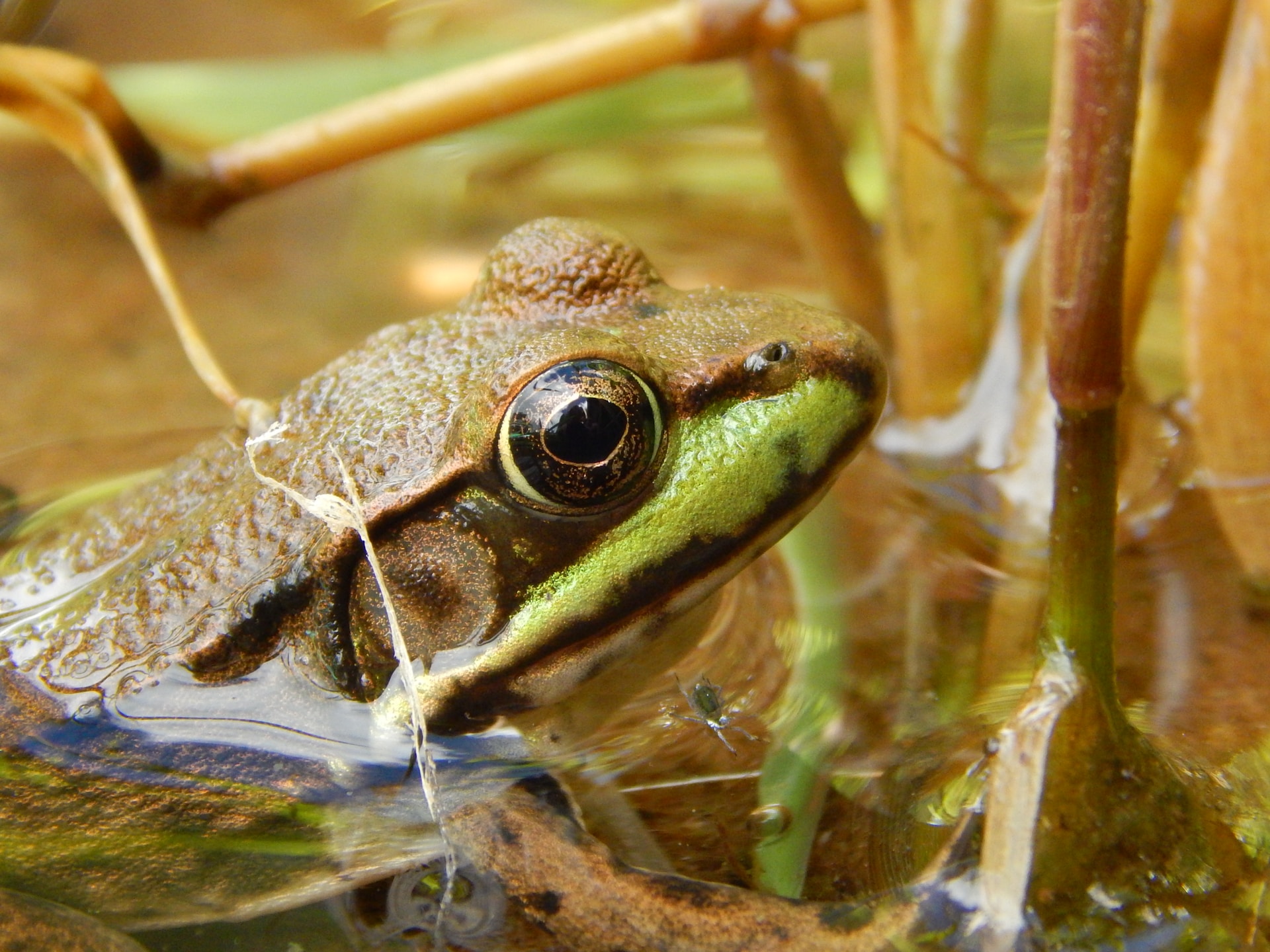Introduction
In any thriving biodiversity, water features hold an iconic place. Not limited to just aesthetic charm, they present an ecosystem that’s a hotspot for birds, insects, and various amphibians. These desirable “water stops” not only provide hydration and bathing needs for your feathery and amphibious visitors but also enrich your space with life and motion. Here’s a peek into the world of fascinating water features that wildlife seems to love.
Bird Baths
Simple yet efficient, bird baths are a remarkable addition if you fancy spotting local bird population at their perkiest moments. The key to attracting a diverse array of birds lies in your bird bath choice and its placement. Consider a shallow, smooth-to-rippled surface structure and place it at a safe height to evade predators. A bird bath, made of resilient material able to withstand weather changes, and preferably with a shade overhead procures warm welcomes from your bird neighbors.
Streams
There is something enchantingly appealing about a babbling backyard stream. A well-designed stream can coax the shy wildlife with its sound and motion, serving as nature’s lullaby to animals ranging from birds to mammals. The integral part of creating a backyard stream is to maintain a steady water flow, manageable depth, and to incorporate edges of varying heights for easy access to wildlife.
Ponds
A body of still water amidst your thick green patch, a pond makes a wildlife haven. Ponds attract and support a vast array of aquatic life, from floating water plants, darting fishes, frogs, and dragonflies, to therapod visitors like geese and ducks. While installing a pond, remember to plan for varied depths, an assortment of native plants, and a gentle slope to allow safe and easy access.
Waterfall
The cascade of a waterfall not only presents a stunning visual but also performs a crucial job – aeration. The tumbling water increases oxygen levels, supporting aquatic life and making your water feature even more alluring to wildlife. Locating your waterfall close to a viewing point like your window, terrace, or backdoor can yield unforgettable wildlife observances.
Rain Gardens
Rain gardens are nature’s way of keeping the ecosystem balanced. By absorbing runoff, they mitigate water pollution while offering a luscious banquet for diverse insects and birds. The basic layout of a rain garden includes a basin 3-6 inches deep, mildly sloped sides filled with loose soil, and a diverse selection of native flowering plants for attracting pollinators.
Fountains
When seated delicately amid the fauna, water fountains act as an irresistible beacon for flying species. Its soft splashes and riveting flow are a magnet for birds, dragonflies and even butterflies. Selecting a broad, shallow bowl style that provides a safe perch for visitors and a lively, welcoming ripple effect will enhance your garden’s allure.
Wildlife-friendly Water Garden
An immersive way to invite wildlife right to your backyard, a wildlife-friendly water garden can be a playground for diverse fauna. To create one, use a variety of native aquatic plants, add few logs or rocks for cover, and maintain a blend of shallow and deep areas. This integrated approach creates a harmonious habitat that is valuable for various species.

